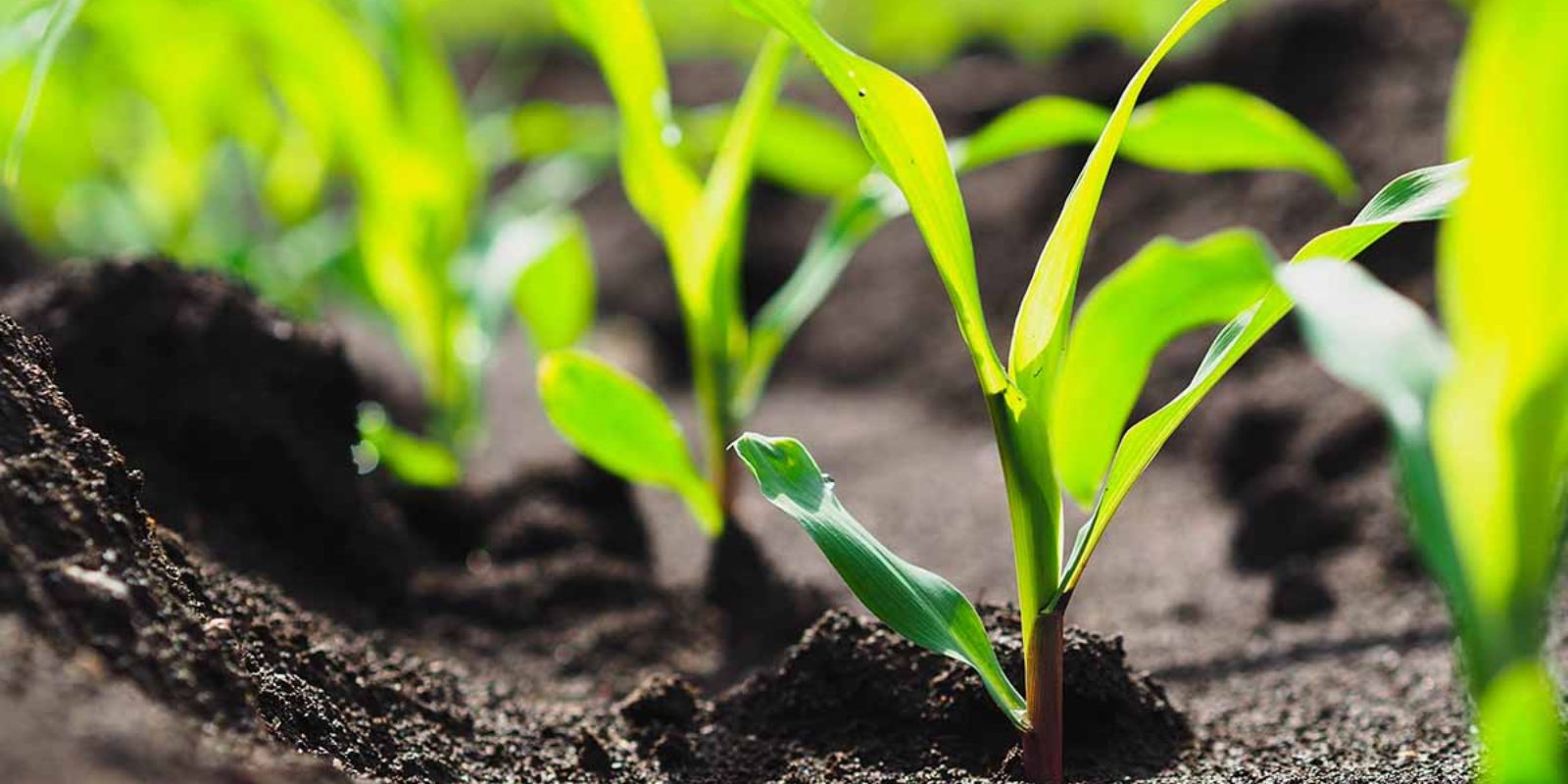Growing corn in your garden can be a rewarding experience, but it comes with its challenges. One of the most disheartening issues for gardeners is watching their corn seedlings die. Understanding the common reasons behind seedling mortality and how to address them can help ensure a successful corn crop. In this comprehensive guide, we’ll explore five common reasons why corn seedlings might be dying and provide practical solutions to help you get your garden back on track.
Introduction
Corn, a staple in many gardens due to its versatility and yield, requires specific care to thrive. When seedlings start to die, it can be frustrating and puzzling. By pinpointing the root causes of these problems and implementing the right strategies, you can nurture your corn seedlings to grow into robust plants. This guide will walk you through the common issues that might be affecting your corn seedlings and offer actionable solutions to remedy them.
1. Soil Moisture Issues
Common Problem:
Corn seedlings are highly sensitive to soil moisture levels. Both overwatering and underwatering can stress seedlings and lead to their demise.
Signs:
- Yellowing leaves
- Wilting or drooping seedlings
- Root rot or mold
Solutions:
- Monitor Soil Moisture: Check soil moisture regularly. The soil should be consistently moist but not soggy. Stick your finger about an inch into the soil to gauge moisture levels.
- Adjust Watering Practices: Water corn seedlings deeply but less frequently to encourage deep root growth. Avoid allowing the soil to become waterlogged by ensuring proper drainage.
- Use Mulch: Apply a layer of organic mulch around the seedlings to help retain moisture and regulate soil temperature.
2. Pest Infestation
Common Problem:
Pests such as cutworms, corn rootworms, and aphids can damage corn seedlings, causing stunted growth or death.
Signs:
- Holes or chewed leaves
- Visible insects or larvae in the soil
- Wilting or unhealthy-looking plants
Solutions:
- Inspect Regularly: Regularly check your seedlings for signs of pests. Early detection is key to managing infestations effectively.
- Use Organic Pest Control: Implement organic pest control methods such as neem oil, insecticidal soap, or natural predators like ladybugs.
- Create Barriers: Use physical barriers like collars around the base of seedlings to protect them from pests like cutworms.
3. Poor Soil Quality
Common Problem:
Corn seedlings require nutrient-rich soil for healthy growth. Poor soil quality, including deficiencies in essential nutrients, can hinder seedling development.
Signs:
- Stunted growth
- Yellowing or browning leaves
- Poor root development
Solutions:
- Test Soil: Conduct a soil test to determine nutrient levels and pH. Most garden centers offer soil testing kits or services.
- Amend Soil: Based on test results, amend your soil with compost, aged manure, or balanced fertilizers to improve nutrient content and soil structure.
- Improve Drainage: Ensure your soil has good drainage to prevent waterlogging and root rot. Consider raised beds or well-draining soil amendments if necessary.
4. Inadequate Sunlight
Common Problem:
Corn seedlings require plenty of sunlight to grow strong and healthy. Inadequate sunlight can stunt their growth and lead to weak seedlings.
Signs:
- Leggy or spindly seedlings
- Pale or yellowing leaves
- Slow growth
Solutions:
- Ensure Proper Placement: Plant corn seedlings in a location that receives at least 6-8 hours of direct sunlight each day.
- Prune Surrounding Vegetation: If nearby plants or structures are casting shadows, prune or relocate them to increase sunlight exposure for your corn seedlings.
- Use Reflective Mulch: Consider using reflective mulch to maximize light exposure and improve growth conditions.
5. Temperature Extremes
Common Problem:
Corn is sensitive to temperature fluctuations. Both extreme heat and cold can adversely affect seedling growth.
Signs:
- Leaf scorch or burn
- Wilting during hot weather
- Stunted growth or frost damage
Solutions:
- Monitor Weather Conditions: Keep an eye on weather forecasts and be prepared to take action during extreme temperature events.
- Provide Shade: During periods of intense heat, use shade cloth or other methods to protect seedlings from scorching temperatures.
- Protect from Frost: In cooler climates, use row covers or cloches to shield seedlings from frost damage.
Conclusion
Dealing with dying corn seedlings can be a challenging aspect of gardening, but understanding the common issues and their solutions can help you turn things around. By addressing soil moisture, pest infestations, soil quality, sunlight exposure, and temperature extremes, you can create a favorable environment for your corn seedlings to thrive.
Call to Action
Are you ready to troubleshoot and revitalize your corn seedlings? Implement these solutions and watch your garden flourish with healthy, robust corn plants! 🌽🌿 #CornGardening #GardenSolutions #HealthySeedlings #GardeningTips #GreenThumb #CornHarvest #GardenSuccess #PlantCare

